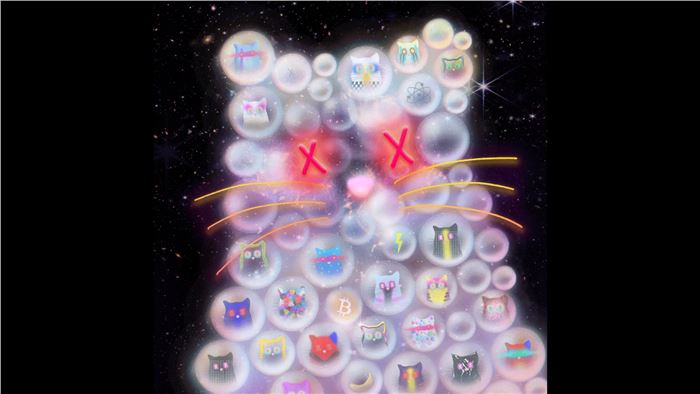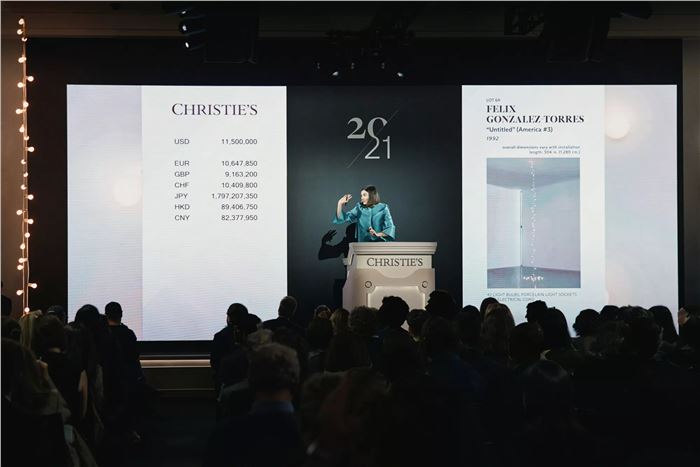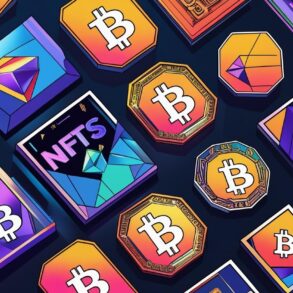The tokenized digital art market currently finds itself in a precarious position with an uncertain future. Interest in the sector has dropped off significantly, valuations have collapsed, and trading volumes have dwindled. To complicate matters, part one in this series of articles shows how the rise of layer-2 blockchains has spurred doubts about whether or not tokenized digital art will still have a natural home on Ethereum in the near future, and how this could lead to a fragmentation of attention and liquidity across competing L2 chains. However, there is some cause for optimism that on chain digital art could see a resurgence in creative output and collector interest in the near future depending on how its correlation is demonstrated.
The two most viable hypotheses regarding the correlation of tokenized digital art are, on the one hand, that it will demonstrate correlation to the contemporary art market, and on the other, that it will demonstrate correlation to the cryptocurrency market. The asset class to which digital art correlates will likely lead to distinct valuation trajectories.
 FAR for Taproot Wizards, Genesis Cat, 2024, Inscription 54,332,480. Photo: Sotheby’s
FAR for Taproot Wizards, Genesis Cat, 2024, Inscription 54,332,480. Photo: Sotheby’s
Contemporary Art’s Underperformance
 Georgina Hilton sells the top lot of Christie’s Rosa de la Cruz Collection Evening Sale on May 14, 2024. Photo: Christie’s
Georgina Hilton sells the top lot of Christie’s Rosa de la Cruz Collection Evening Sale on May 14, 2024. Photo: Christie’s
After the publication of the Art Basel & UBS Art Market Report in spring of 2024, a previous article in MutualArt pointed out how the touchstone annual report downplays over a decade of stagnation and chronic underperformance in the art market.
For instance, global contemporary art sales peaked at $68.2 billion in 2014 and have failed to exceed this level ever since. In 2023, total sales were $65 billion, which reflects a 4% year-over-year decline and, when adjusted for inflation, falls below pre-pandemic levels from 2019.
The auction results from 2024 have only further consolidated the negative trend. Art market analysts Jianping Mei & Michael Moses recently made headlines with new analysis that the 2024 spring auction season was “the worst overall financial performance” for the art market this century.
If tokenized digital art proves to be correlated to the contemporary art market, then it could be in for a similar long-term setup where a top echelon of elite performers carry the market, most artworks trend to zero, and the asset class as a whole fails to grow in real terms. Digital art has mostly trended in this direction thus far in 2024, but there are grounds for encouragement which stem from the likelihood that various economic and infrastructural factors shaping digital art will lead it to correlate to the cryptocurrency markets instead.
This post was originally published on this site be sure to check out more of their content







